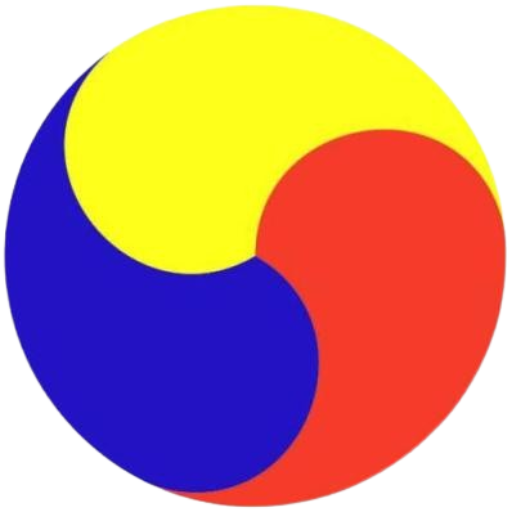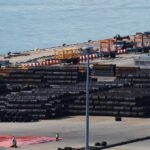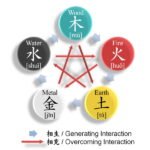Samsung’s ninth-generation V9 NAND unveiled in April 2024
Samsung Electronics Co., the world’s largest memory chipmaker, plans to unveil a new high-capacity NAND memory chip in the second half to lead the fast-growing storage device market amid the artificial intelligence boom.
The South Korean chipmaker, which began mass production of 1 terabit (Tb) triple-level cell (TLC) ninth-generation V-NAND last month – the industry’s first to do so – expects demand for high-capacity data storage systems for AI devices to exponentially grow in the coming years.
The 290-layer V9 NAND is a cutting-edge product that succeeds Samsung’s 236-layer V8 flash products, targeting large-scale enterprise servers and AI and cloud devices.
“Given the high electricity costs for AI data centers, high-capacity memory is essential to storage servers,” Hyun Jae-woong, vice president of Samsung’s product planning team, said during an in-house interview, published on Tuesday.
Samsung’s product planning team executive Hyun Jae-woong explains the V9 NAND product during an in-house interview in May 2024
Samsung said it will unveil quad-level cell (QLC)-based NAND flash products in the second half.
QLC-based NAND will meet the growing demand for ultra-high-capacity solid state drives (SSDs) used in AI data centers, it said.
Industry officials said QLC NAND can store more data per cell than multi-level cell (MLC) and triple-level cell (TLC) devices, significantly enhancing storage performance.
TO WIDEN NAND PORTFOLIO TO ON-DEVICE AI, EDGE DEVICES
Hyun said Samsung plans to focus on NAND products for AI servers for now but will increasingly expand its portfolio to NAND flash for on-device AI, automotive and edge devices.
Samsung’s V9 NAND
The chipmaker expects the SSD market to grow fast in line with the explosive growth of high-bandwidth memory (HBM), which provides much faster processing speed than traditional memory chips.
Samsung has been the NAND market leader since 2002, currently controlling about a third of the global market.
Competition for NAND-based storage devices is fierce as AI chips focus on inference, which requires large-capacity storage devices to store and process images and videos.
A NAND flash is a type of non-volatile memory chip that stores data even when the power is off. It is used in devices like smartphones, USB drives and servers.
(Graphics by Sunny Park)
Higher-density NAND chips will accelerate data-intensive environments and workloads such as AI engines and big data analytics. For 5G smartphones, the enhanced capacity can enable faster launching and switching across multiple apps, creating a more responsive mobile experience and faster multitasking.
NAND MARKET TO GROW 38% IN 2024
According to market research firm Omdia, the NAND flash market is expected to grow 38.1% this year after falling 37.7% in 2023.
With the growing demand for NAND chips, Samsung’s NAND business swung to an operating profit in the first quarter.
Samsung’s V-NAND 990 Pro 2 SSD (Photo captured from Samsung’s website)
To gain ground in the fast-growing market, Samsung has vowed to invest heavily in the NAND business.
Samsung’s NAND push comes as the company on Tuesday appointed Vice Chairman Jun Young-hyun as its new semiconductor business chief.
Despite its leadership in the overall DRAM market, Samsung struggles to catch up to its crosstown rival SK Hynix Inc., the world’s No. 2 memory maker and the dominant supplier of high-end HBM chips to Nvidia Corp.
By Chae-Yeon Kim
why29@hankyung.com
In-Soo Nam edited this article.













